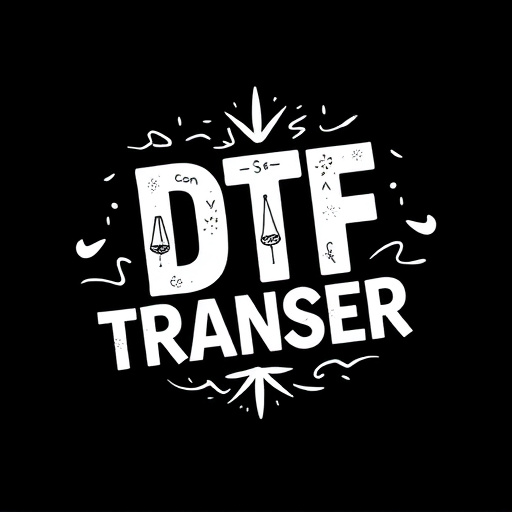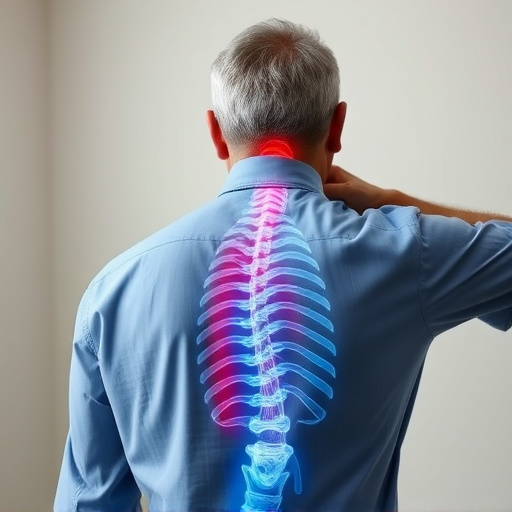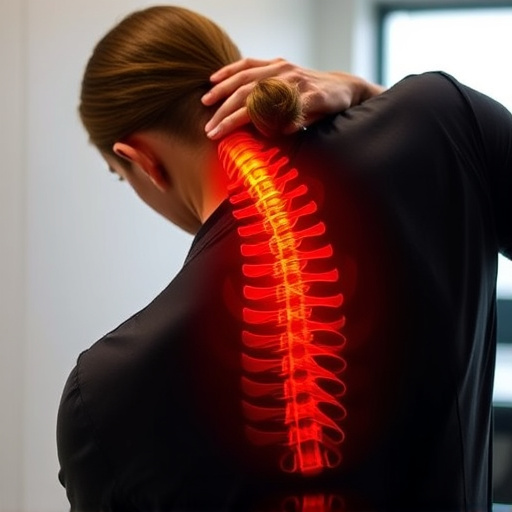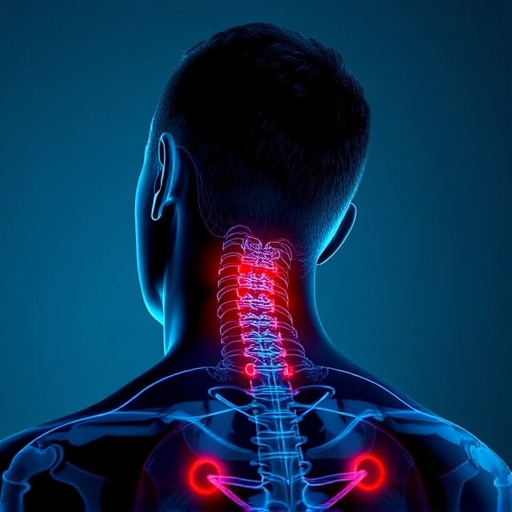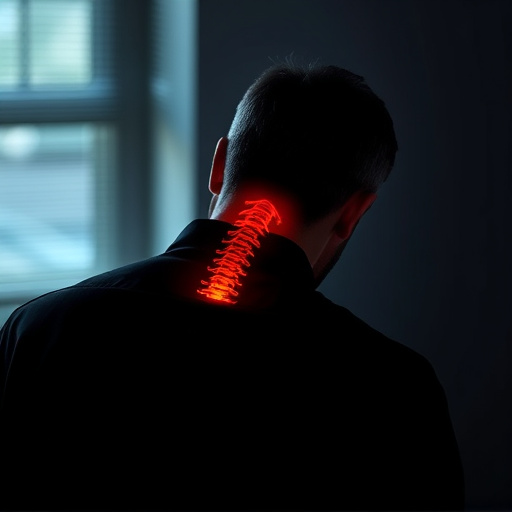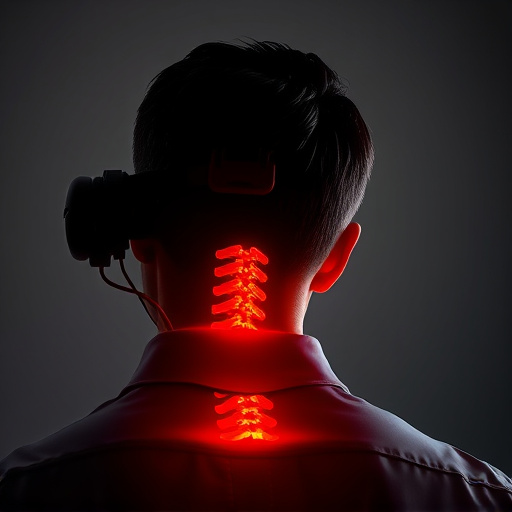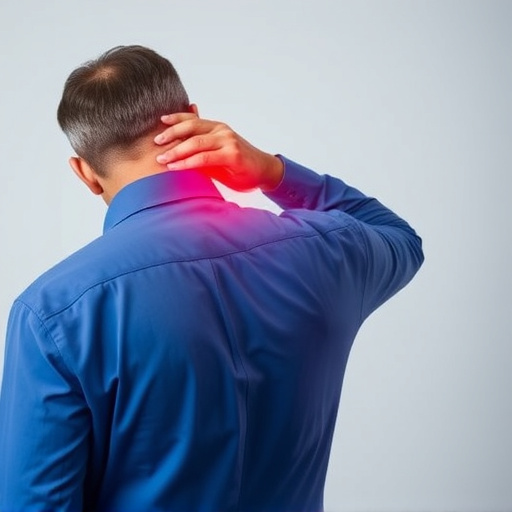Neck and back pain, caused by factors like poor posture, inactivity, and injuries, is a prevalent issue. Non-invasive treatments like physiotherapy, manual therapies, heat/cold therapy, and massage offer temporary relief. Physical therapy provides comprehensive care, addressing symptoms and causes through exercise, education, and manual manipulation for long-term management. Lifestyle changes, including exercise, weight management, good posture, sleep, stress reduction, and diet, prevent recurrent pain. Advanced techniques like specialized physical therapy, electric stimulation, and ergonomic workplace adjustments offer sustained relief. Holistic approaches combining mindfulness practices with these methods promote overall well-being and lasting neck and back pain relief.
Do you suffer from lumbar region discomfort or injuries? Neck and back pain can significantly impact your daily life, but relief is within reach. This comprehensive guide explores various aspects of managing and overcoming such ailments. From understanding the causes, including common triggers like poor posture and muscle strain, to discovering non-invasive treatment options like chiropractic care and massage therapy, you’ll learn strategies for achieving lasting neck and back pain relief.
- Understanding Lumbar Region Discomfort and Injuries
- Common Causes of Neck and Back Pain
- Non-Invasive Treatment Options for Relief
- The Role of Physical Therapy in Recovery
- Lifestyle Changes to Prevent Recurrence
- Advanced Techniques for Long-Term Comfort
Understanding Lumbar Region Discomfort and Injuries
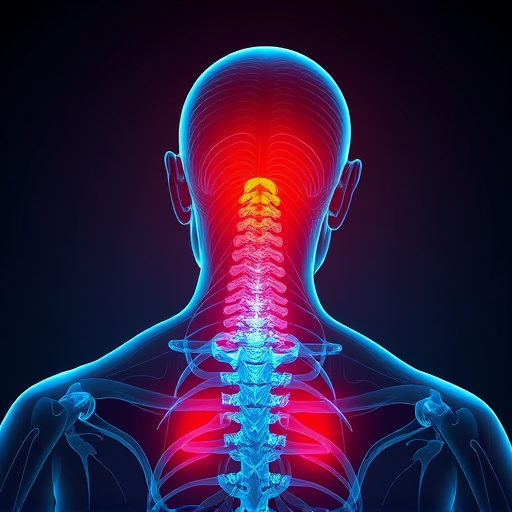
Lumbar region discomfort, often referred to as lower back pain, is a common issue affecting individuals from all walks of life. This area, comprising the five vertebrae below the rib cage, supports much of our upper body weight and facilitates movement. However, its crucial role also makes it susceptible to various injuries and conditions leading to neck and back pain relief becoming a priority for many.
Understanding the causes is key to effective relief. Conditions like herniated discs, spinal stenosis, or muscle strains can result in intense discomfort. Moreover, poor posture, occupational risks, or even simple daily activities can exacerbate these issues. Recognizing the underlying cause is vital for choosing appropriate treatment methods, ensuring individuals can find much-needed neck and back pain relief.
Common Causes of Neck and Back Pain

Neck and back pain is a prevalent issue affecting individuals from all walks of life, with various factors contributing to its onset. Understanding these common causes is the first step towards finding effective neck and back pain relief. One of the primary culprits is poor posture, whether it’s due to prolonged sitting at a desk or hunching over electronic devices. This can lead to muscle tension and imbalances, particularly in the lumbar region.
Another significant factor is physical inactivity, as regular exercise plays a crucial role in maintaining spinal health and keeping muscles strong. Weak core muscles often result in increased stress on the neck and back, making them susceptible to injuries and pain. Moreover, sudden movements or improper lifting techniques can lead to sprains, strains, and herniated discs, causing acute neck and back pain that requires prompt relief and rehabilitation.
Non-Invasive Treatment Options for Relief
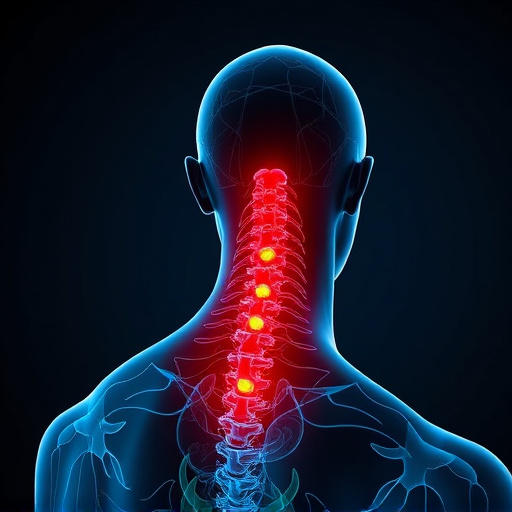
Many individuals suffering from lumbar region discomfort and injuries seek non-invasive treatment options for effective neck and back pain relief. Physiotherapy is a popular choice, offering exercises tailored to strengthen core muscles, improve posture, and enhance flexibility, thereby reducing strain on the lower back. Manual therapy, such as chiropractic adjustments or osteopathic manipulation, can also provide significant relief by reducing muscle tension and improving joint mobility.
Additionally, heat and cold therapy are simple yet effective techniques used to manage pain. Applying heat can help relax muscles and increase blood flow, while ice packs reduce inflammation and numb the affected area, offering temporary yet much-needed neck and back pain relief. Other non-invasive approaches include massage therapy, which eases tension in both muscles and nerves, and acupuncture, known for its ability to stimulate specific points in the body, promoting natural healing processes.
The Role of Physical Therapy in Recovery
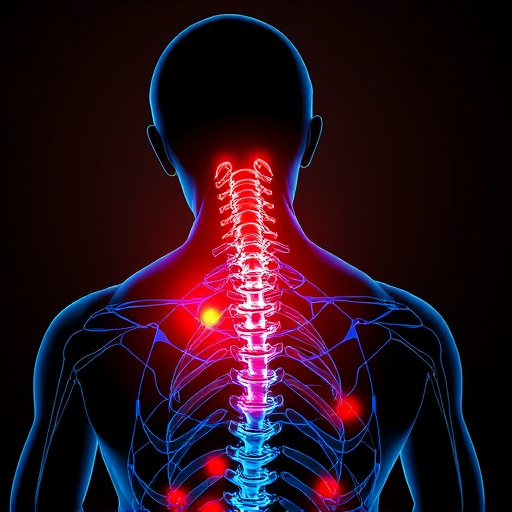
Physical therapy plays a pivotal role in alleviating lumbar region discomfort and injuries, offering a comprehensive approach to neck and back pain relief. Skilled therapists employ various techniques tailored to individual needs, from manual therapy and exercise prescription to educational guidance. These interventions not only target the affected area but also strengthen supporting muscles, improving posture and flexibility, which are key factors in preventing future exacerbations.
Through careful assessment and personalized treatment plans, physical therapy can significantly reduce pain levels, enhance mobility, and restore functionality. This holistic approach focuses on both short-term relief and long-term management, empowering individuals to take control of their well-being. By addressing the underlying causes of neck and back discomfort, physical therapy provides sustainable solutions for a pain-free life.
Lifestyle Changes to Prevent Recurrence
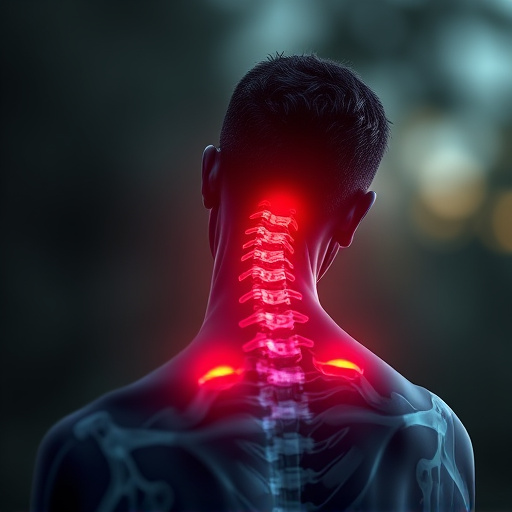
Lifestyle changes play a pivotal role in preventing the recurrence of lumbar region discomfort and injuries, offering long-term solutions for achieving and maintaining neck and back pain relief. Regular physical activity, such as walking, swimming, or yoga, strengthens core muscles, enhancing spinal stability. Maintaining a healthy weight reduces pressure on the spine, significantly lowering the risk of strain and injury. Ergonomics also play a crucial role; adopting proper posture while sitting, standing, or lifting can prevent excessive stress on the lumbar region. Additionally, incorporating regular breaks during prolonged periods of inactivity promotes blood flow, reducing muscle tension and stiffness.
Quality sleep is another essential aspect; aiming for 7-9 hours each night allows the body to rest, repair, and rejuvenate, ensuring optimal spinal health. Stress management techniques, like meditation or deep breathing exercises, can also help alleviate tension that may contribute to neck and back pain. Furthermore, making dietary adjustments by increasing calcium and vitamin D intake supports bone health and muscular function, indirectly contributing to lumbar region comfort and overall neck and back pain relief.
Advanced Techniques for Long-Term Comfort
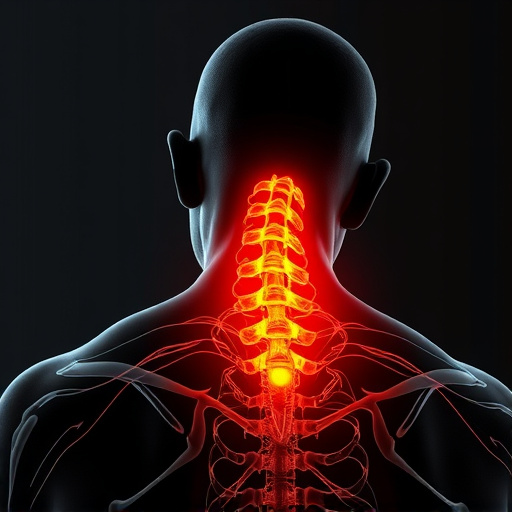
For persistent lumbar region discomfort and injuries, exploring advanced techniques can offer long-lasting relief and prevent future exacerbations. Beyond traditional treatments like rest, ice, compression, and elevation (RICE), modern approaches focus on addressing the root causes. This includes specialized physical therapy targeting specific muscle groups supporting the spine, as well as innovative modalities such as electric stimulation, ultrasound, and heat/cold therapy combinations. These advanced methods aim to reduce inflammation, alleviate tension, and improve overall mobility, providing sustained neck and back pain relief.
Additionally, incorporating ergonomic assessments into your routine can prevent recurring discomfort. Professional guidance on posture correction, workplace adjustments, and regular stretching routines can significantly mitigate stress on the lumbar region. Consider combining these strategies with mindfulness practices like yoga or tai chi, which enhance core strength and flexibility while promoting mental relaxation, thereby fostering a holistic approach to managing neck and back pain relief effectively over time.



